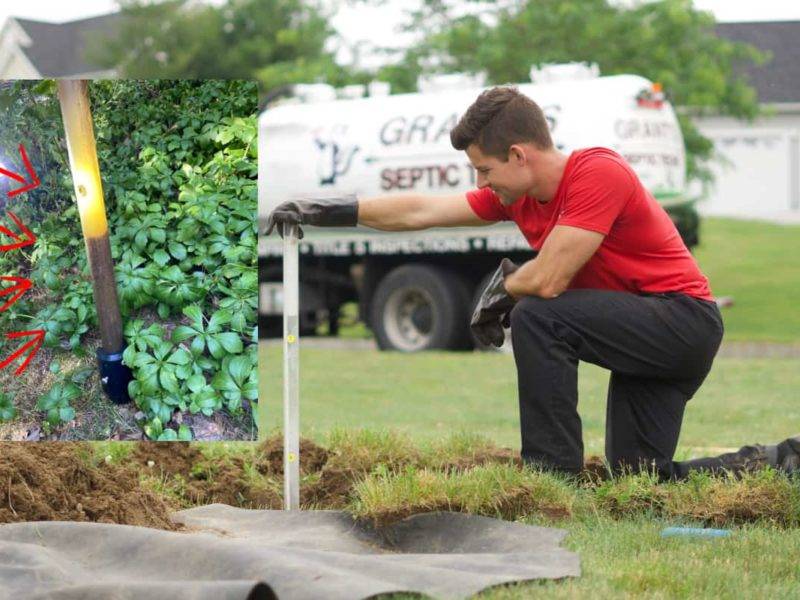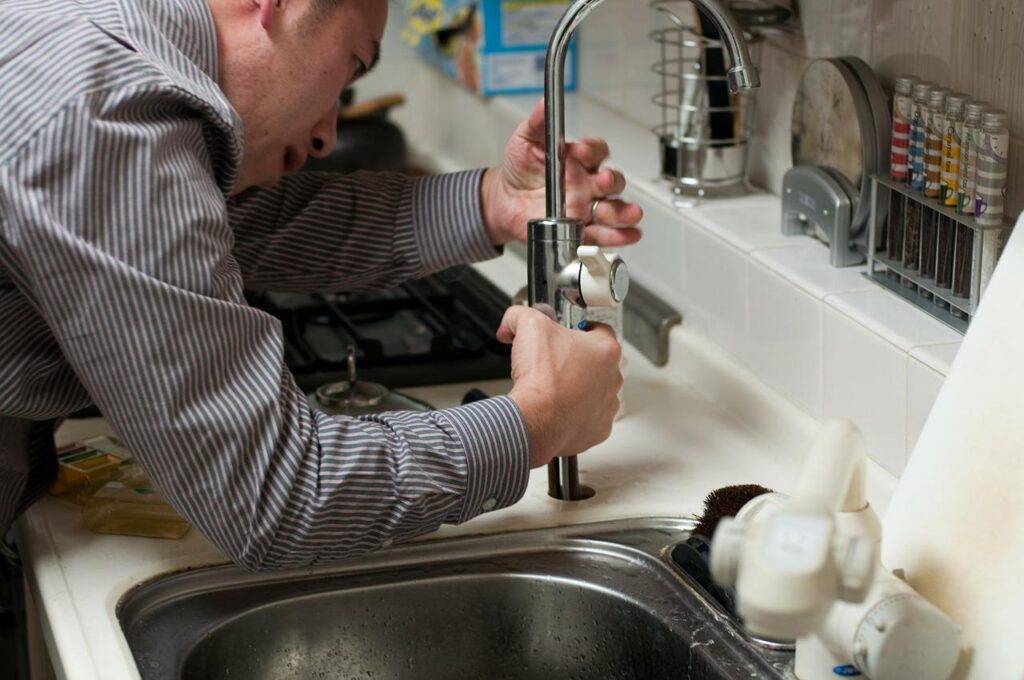How Often Should I Pump My Septic Tank?

While there are some general guidelines that a septic system needs to be pumped every 2-5 years, the truth is that you really need to pump your system as often as your system needs. The biggest factor in how often a septic tank should be pumped is the sludge and scum levels inside the tank.
The way your septic system works is by using the natural power of gravity to separate out the household wastewater into three parts:
- solids (sludge) at the bottom of the tank
- grease (scum) at the top of the tank
- watery mix (effluent) in the middle.
During normal operations, the sludge and the scum remain in the septic tank while the watery mix flows out into the drain field. However, the sludge and scum need to be periodically cleaned from the septic tank to keep things flowing smoothly.
If the sludge level rises to dangerous levels and/or the scum level develops to a large thickness, then the sludge or scum will be forced out into the drain field along with the watery effluent. Forcing solids and grease through the drain field can clog the underground system of perforated pipes and lead to slow drains and even wastewater backups into your home. This can lead to dangerous bacteria in your home and a very expensive repair.
Most homeowners pumping more often than necessary are overspending!
Essentially, by pumping too often, there is not enough sludge and scum build up in the tank to receive the maximum return on investment in the costs of pumping your septic tank. Just like any other routine maintenance, paying for the service more often than you need to is a waste of money with no additional benefits.
The truth is that your septic system does need to maintain a level of good bacteria. Much like the human body’s digestive system, the septic tank uses anaerobic digestion to naturally break down the waste for the next level of filtration.
While pumping on the right intervals is absolutely necessary, it does reduce the biomat levels, and it can take anywhere from 1-3 weeks for your septic system to return to healthy bacteria levels again. The bacteria that enters your tank each time the toilet is flushed with organic waste material, and breaks down the waste material into the sludge and effluent. If your septic tank is pumped too often, that bacteria will have no place to go but out into the drain field, which can lead to clogs and failures.
So unless your septic tank’s sludge and scum levels reach certain thresholds, it’s actually beneficial to leave the septic tank alone. That ensures the right balance of bacteria to keep your system flowing smoothly.
So, how will you know how often you should pump your septic tank?
As you can see, the two biggest factors that determine your schedule are the sludge and scum levels of your septic tank. When your sludge level reaches 1 foot at the bottom of the tank, or the scum becomes almost 6 inches thick at the top of the tank, it’s time to have your septic tank pumped.
Contrary to popular belief, most homeowners do not need to pump annually. It solely depends on your tank levels, not a specific time frame. You can either check the levels yourself, or we will be happy to measure and document your levels for you as an easy and mess-free option.
How to Find Out if Your Septic Tank is Full
First you’ll need to locate and carefully remove the septic tank lid. Use extreme caution so that the heavy lid does not crack or break, and never leave the open tank unattended! The tank contains 4-5 feet of water underground and can be dangerous if a human or a pet falls in.
Then the next step is to take a look at the scum trap at the top to assess how thick the scum layer is. In general, you want to pump your septic tank when the scum level reaches 6 inches thick.
The second step is to measure the level of sludge at the bottom of the tank, which is a little more involved. While you can purchase a specific sludge level measuring stick, you can also make a homemade version. Simply take a seven foot strong stick or two by four and adhere a 18-24 inch velcro strip along the stick, starting at one end of the stick. The velcro end will be the end that goes into the tank.
Keeping your measuring stick upright, lower the velcro end of the stick gently straight down into the septic tank, even through the thick sludge at the bottom, until you feel the stick hit the bottom of the tank. Then remove the measuring stick straight up and check the velcro strip.
Because the dark thick sludge will cling to the velcro, and you’ll be able to measure for yourself approximately how many inches of sludge are at the bottom based on the inches of sludge along the velcro strip on your stick. We recommend that the septic tank be pumped as soon as it reaches 1 foot (12 inches) of sludge.
While this is something that the homeowner can do themselves, most would prefer to use our easy inspection service to measure and determine your exact maintenance schedule for your home.
Use photo documentation to show you exactly where your waste levels are, and help you track how long it takes for your scum and sludge levels to build up to the proper thresholds. Using the data specific to your household, we’ll give you a personalized septic tank pumping schedule so that you can keep your system running smoothly, without wasting money on too many services.
There’s no need to pay for septic pumping services that you don’t actually need.
So if you are wondering if it’s time to pump your septic tank, your best bet is to call us or book our maintenance program test.
Document your systems levels with actual photos, and make a customized recommendation for your specific schedule. Because no two septic systems are alike, and the interval will depend on many factors such as how many people are in your home, what your wastewater usage is like, and how large the septic tank is.





